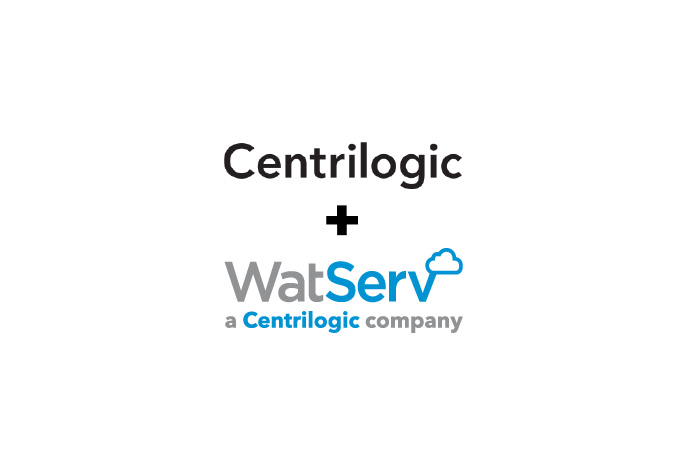Planning The Potential Business Outcomes Of A Cloud Transformation Journey
By Kazim Somji, CTO
June 1, 2021
In my last article, I explored the motivations that drive executives to consider a move to the cloud. They largely fall into two areas, those that are focused on the migration itself and any immediate benefits, and those that lead to future innovation. Although, as I explained, these motivations can often be blended together, such as when a move to a simpler architecture not only reduces costs, but increases the opportunity for innovation.
In this article I want to explore some of the business outcomes that can be achieved by a cloud transformation journey.
Whenever most executives are considering a cloud transformation of their business, they usually have a business outcome in mind. Most transformation is quite difficult to plan so that north star, a future outcome, is extremely important and will set the direction of your transformation journey.
If you can focus on concise and specific business outcomes then it becomes much easier to plan how your business needs to change and how different teams need to work together. Cross-functional partnerships are usually essential for most transformation projects and having that shared goal can dramatically increase your chances of success.
Before you start on your cloud adoption journey, think first about the opportunities for the various teams inside your company. How will it affect them and how can you demonstrate this positively for each department so they will be ‘on side’ and supportive of transformation?
There are some business outcomes that will quickly trigger opportunities for discussion with different areas of the business:
- Finance leadership: Increase profitability while driving compliance.
- Marketing: Acquire and retain customers, build reputation.
- Sales: Accelerate sales, improve customer lifetime value.
- Human resources: Retain, recruit, and empower employees.
- Executive leadership: Meeting market growth requirements and environmental sustainability metrics.
Then there are other business outcomes that can be divided into different categories. I’m going to summarize some of them here to illustrate my point, but if you visit the Microsoft Azure cloud adoption framework pages then you can see this information with samples. However, I will also go into more detail myself in subsequent articles.
My objective here is to help you align everyone on your team, so they are focused on what cloud adoption can do for your business. This requires collective support across the technical teams that need to work on your IT infrastructure as well as the business teams that directly deliver your products and services.
- Fiscal outcomes: these are the cleanest and easiest outcomes for everyone to understand – you reduce ongoing cost or create the opportunity to drive revenue growth. However, these simple financial outcomes are not the only business outcomes that might drive your strategy.
- Agility outcomes: business moves fast today and there is a premium on time – reacting to events and getting new products to market. If you can respond to market changes and even drive market change then you can use agility to increase business success.
- Reach outcomes: can you reach beyond your traditional markets and easily find new customers because your infrastructure now facilitates global reach?
- Customer engagement outcomes: responding to your users and customers and creating the kind of social relationship-focused customer experience that modern consumers now expect.
- Performance outcomes: the performance and reliability of your business is usually assumed by your clients, but when it fails you can face severe reputation damage.
- Sustainability outcomes: many consumers are increasing making purchasing decisions based on the sustainability policies of the companies they purchase from.
All these business outcomes can help you to facilitate conversations about cloud transformation inside your organization, but this is not an exhaustive list, merely a sample of different outcomes across different areas of the business.
You need to think carefully about the specific needs and goals of your own organization, build outcomes that match the needs of your business, and maximize the opportunity for a transformation to work by creating a shared vision of what can be achieved with a cloud transformation.
I think the Microsoft cloud adoption framework ideas are a helpful guide, but in my next few articles I will explore some of these business outcomes in more detail.
Follow the WatServ company page on LinkedIn to ensure you never miss our articles and commentary.
WatServ demonstrates best-in-class capability and market leadership through proven technology and customer commitment.
About
WatServ is an IT solutions provider that helps organizations digitally transform through cloud technologies and managed services.
Serving clients as a trusted advisor since 2006, WatServ provides experience-tested, strategic solutions across all stages of the digital transformation journey. Clients choose WatServ to migrate infrastructure and applications to the cloud, secure critical data, implement disaster recovery, deploy virtual desktop, enable data-readiness for productivity solutions and manage IT environments.
Our clients span a broad range of industries, and we’re a global supplier of IT services for many Brookfield Portfolio Companies. To help our mid-size clients, we provide scalable offerings that simplify cloud adoption and drive business optimization. For enterprise clients, we co-create cloud solutions that enable stability and efficiency for complex IT tools and processes.
With more than 15 years of experience, WatServ has a track record of delivering quantifiable business results and a superior client experience. Ranked as one of Canada’s Top 100 Solution Providers for the last three years in a row, WatServ is always on.

